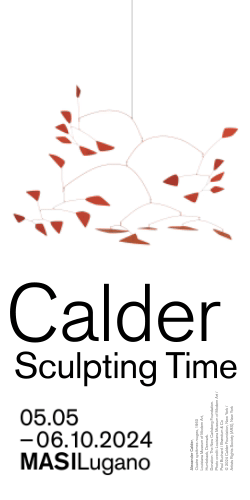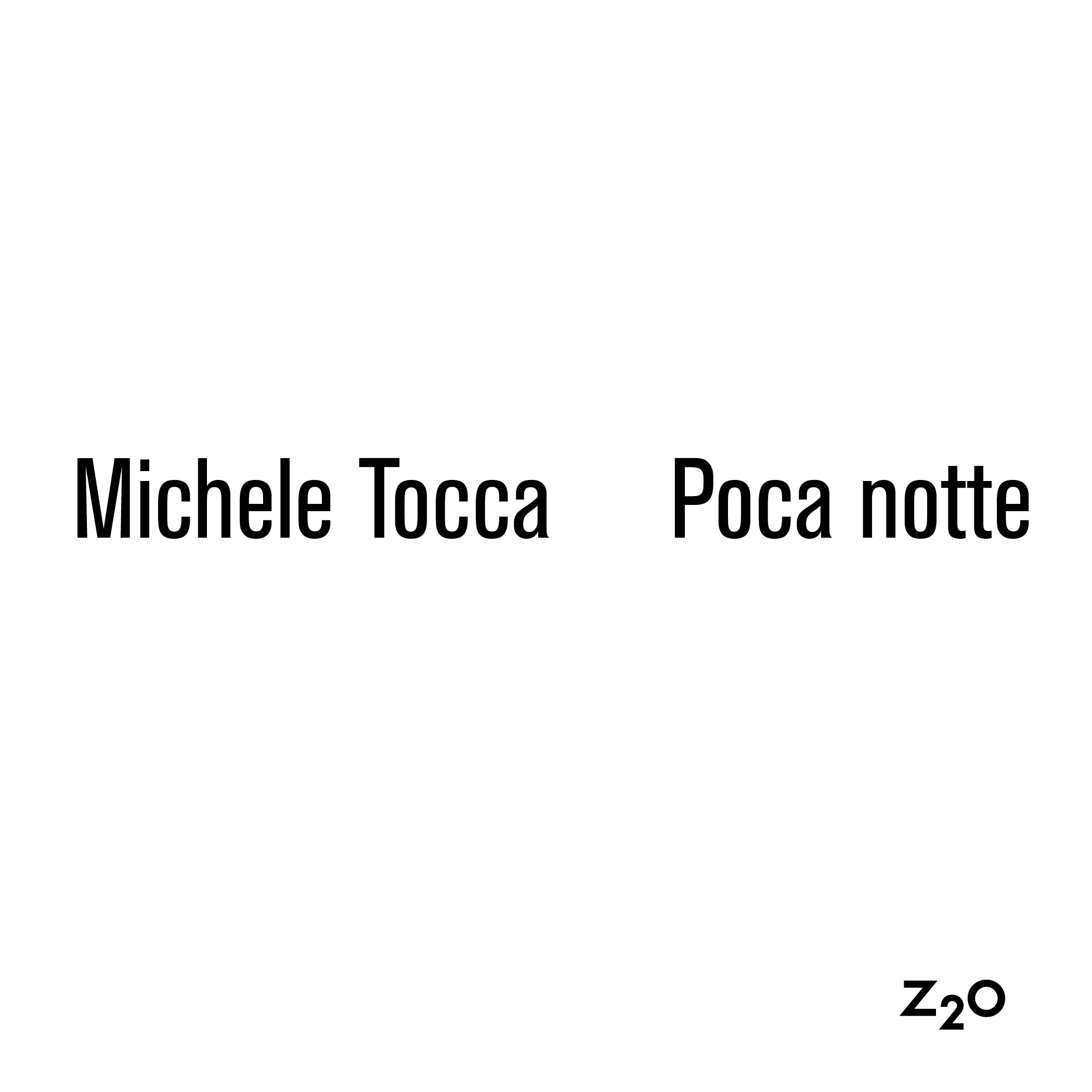[nemus_slider id=”45016″]
From May 22 to June 28, within the final project of the Curatorial Programme 2014-2015, de Appel arts centre hosted Spell to Spelling ** Spelling to Spell, a group show curated by Chiara Ianeselli and Inga L?ce with artworks by David Bernstein, Francisco Camacho, Alberto De Michele, Christian Fogarolli, Ola Lanko, Martin La Roche, Myriam Lefkowitz, Charles Matton, Robertas Narkus and Ossip.
We asked some questions to Chiara Ianeselli and Inga L?ce to get a deeper look on the way they curated the show.
ATP: I’d like to start by asking you about the title. In some ways, it reminds us about the intrinsic “magic” that lies at the base of the composition of words. Why did you decide to use it? What does fascinate you about this topic?
Chiara Ianeselli/Inga L?ce: The title originated during a research trip in Brussels, we were visiting Kader Attia’s exhibition The continuum of repair: the light of Jacob’s ladder shown in Bozar, and while navigating through the books we found the Egyptian Book of the Dead. A quick browse led us to a very complex world of goddesses, where attention is given to the idea of “casting a spell”: figures of power and idols ruled. Being conscious that the “charging”, the idea of giving power to an object, is a very common phenomenon, we started considering it within the relationship among the artwork (even before it is produced), the author, the spectator and all the mediators involved in the process of vision and more in general in the experience of the piece. What fascinated us was the idea of miscommunication: how many layers of information get lost and what remains in the piece that is originally there, if this “originally” can ever be clearly identified? We then started considering the circularity of this relationship as the visitor might cast new meanings on the works and vice-versa. Time holds a key role in this process, as well as language that attempts to translate the information to the viewer. With spell we meant all this undefined amount of suspension of beliefs floating over the piece; on the other side, with spelling, we intended all the utopian attempts of listing down all the sources and information that the artwork itself contains. The circularity of this movement is what interested us: Spell to Spelling ** Spelling to Spell.
ATP: In the press release you wrote that “the exhibition investigates various facets and rituals dealing with voluntary, involuntary and removed memory of the author, the visitors and the artworks themselves”. Could you discuss further this sentence?
CI/IL: A lot of information, references and sources get lost during the process of creating a work: the same happens when the visitor first sees it and then he/she thinks about it later: what will the memory leave behind? Some of these pieces of information might have worked just as catalysts for triggering something else: the artists we talked with were interested in coding the codes embedded in the objects, rather than decoding them. The artworks, treated as figures of powers, could emanate different information if properly questioned, information related to the memories that they have gathered through time. We also questioned not only the artist perspective but also the artwork’s one, what did it see before meeting us? In the impossibility of absorbing the visitor’s perspective we imagined that together with the artists: this has been the premise for the Public Programme event at the Stedelijk Museum: A Day in the Life of Thomas, where the crystallographer Thomas wanders through the process of the exhibition making and encounters various facets of the pieces, together with interpreters, archaeologists, scientists, historians, pilgrims, butchers and crossword experts. Encountering the exhibition in becoming, before it is actually there, was also something that interested us.
ATP: How did you choose the artists? Were you more focused on specific artworks or on their research?
CI/IL: We have worked with artists whose researches show a certain interest in the tension between hiding and revealing the information behind the artwork. It was interesting to try out several ways of unfolding their projects and references – through performances at different times of the day, walks or storytelling. For example, the artist Myriam Lefkowitz guides people in individual walks through the city, where the guided only opens his or her eyes for a couple of seconds, thus the perception of the surroundings is aggravated and transformed immensely. We were also interested in artists that work with an abundance of sources – archives, collections, found objects: what to disclose and what to hide in order to let the encounter happen between the visitor and the artwork? Martin La Roche questions the very essence of collecting by exposing his own objects amongst the memories of The Archives of the Planet by Albert Kahn and collection of everyday objects from Salvador by Lina Bo Bardi.
We met some of the artists during research trips, such as Ola Lanko at Wiels in Brussels, Alberto De Michele on a hot afternoon in Cali, Colombia, or OSSIP on a white wall of an art fair. The process has been quite diverse, also because in some cases we could explore with artists that we knew from before but that we never had the chance to develop such a project with.
ATP: Most of the works have been commissioned specifically for the show. Could you tell me about the dialogue you had with the artists in the making of these artworks?
CI/IL: Except two (Charles Matton’s and Alberto de Michele’s pieces), all the works are site-specific commissions. Charles Matton died in 2008 and so the widow, that knows his extremely delicate production, has assisted us actively in the choice of the pieces. De Michele’s piece has never been presented before and it enriched the entire exhibition by paradoxically dealing with subtraction and the idea of absence (the piece is in itself a stealing agreement). Christian Fogarolli was invited on a short residency because of his collaboration with different institutions, the Museum Vrolik and the Tropenmuseum of Amsterdam: in this example we have talked with the specialized curators, exploiting their knowledge and broadening our audience.
In other cases the artists visited de Appel several times and like David Bernstein chose his works a location in the library of the art centre, because for him this was the place where a more personal dialogue could happen avoiding the white walls of the exhibition spaces. Another artist Francisco Camacho created an audio guide and porcelain sculptures that are placed in different locations throughout the building of de Appel, sometimes partially hidden from sight, sometimes referring to architecture of the space or interacting, in a subtle way, with the other works. His research directly addresses the experience the visitor has when thinking, seeing and remembering the works. With the artist Robertas Narkus we discussed the chance or the unexpected that is one of the key elements of his work and working process. Whenever we would meet he would embrace the developments of the discussion amongst us, curators, as well as challenges created by the different factors around the show – his work exists as a physical presence, an installation in de Appel, as well as an application TNRLRNT myriad for the phone that can be downloaded.
ATP: You worked together on this show, which is the final project of the Curatorial Programme. How did you manage to merge your personal research and interests in the making of this exhibition?
CI/IL: The shared interested in different fields of knowledge, storytelling and a genuine admiration for research itself has glued the working methods together, although our backgrounds and education are quite different [Chiara Ianeselli has studied Art History, while Inga L?ce studied Asian Studies]. In the first part of the Curatorial Programme we had the possibility to see different shows, biennials and meet very diverse curatorial strategies: we established a common ground to talk and to situate our research on. Then, the artists did all the rest.



Bios
Chiara Ianeselli (IT, 1989) is an independent curator based in Amsterdam. She graduated in Cultural Heritage at the University of Trento with a research thesis on Roberto Crippa. Ianeselli has been involved in the organization of exhibitions in various galleries and institutions, associations and platforms including Vessel. She worked as an assistant in the curatorial department of dOCUMENTA (13), coordinating projects that included the Hypnotic Show of Marcos Lutyens, Raimundas Malašauskas, and Sissel Tolaas, as well as the Worldly House, among others. For the 2012 edition of Artissima, in Turin, she held the position of assistant to Francesca Bertolotti, the fair’s head of curatorial projects. For the Lithuanian – Cypriot Pavilion at the 55th Venice Biennale, she worked as production assistant. Ianeselli also curated Lutyens’s first solo show in Italy and coordinated the performance In touch with the Centre Georges Pompidou in 2014. She is currently part of de Appel Curatorial Programme and is involved in the 14th Istanbul Biennial, working as the Production Manager of Neurathian Boatstrap.
Inga L?ce (LV, 1986) is a curator from Riga, Latvia. She works at the Latvian Centre for Contemporary Art (LCCA) and was recently co-curator of the exhibition (Re)construction of Friendship (2014) that was held in the former KGB house in Riga, addressing the complicated relationships between super-powers and small countries. She co-curated a research project and exhibition entitled Revisiting Footnotes (2013 – 2015, LCCA), tracing signs of the recent past in the Eastern European and post-soviet countries. She has worked for the Contemporary Art Festival Survival Kit 5 and its symposium Slow Revolution. Art in the Institutional and Territorial Peripheries (2013). L?ce also curated Inhabiting Spaces (2012 – 2013, Riga, Alexandria) a project investigating the links between different spaces and people’s behavior through various approaches taken on by artists, architects and choreographers. Inga L?ce is currently participating in the Curatorial Programme of de Appel arts centre (2014 – 2015).










